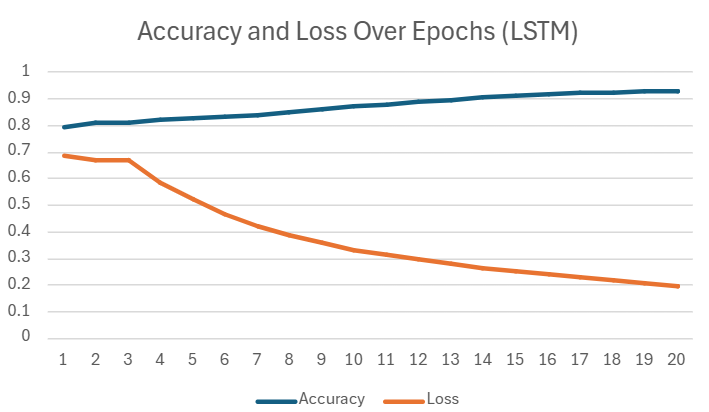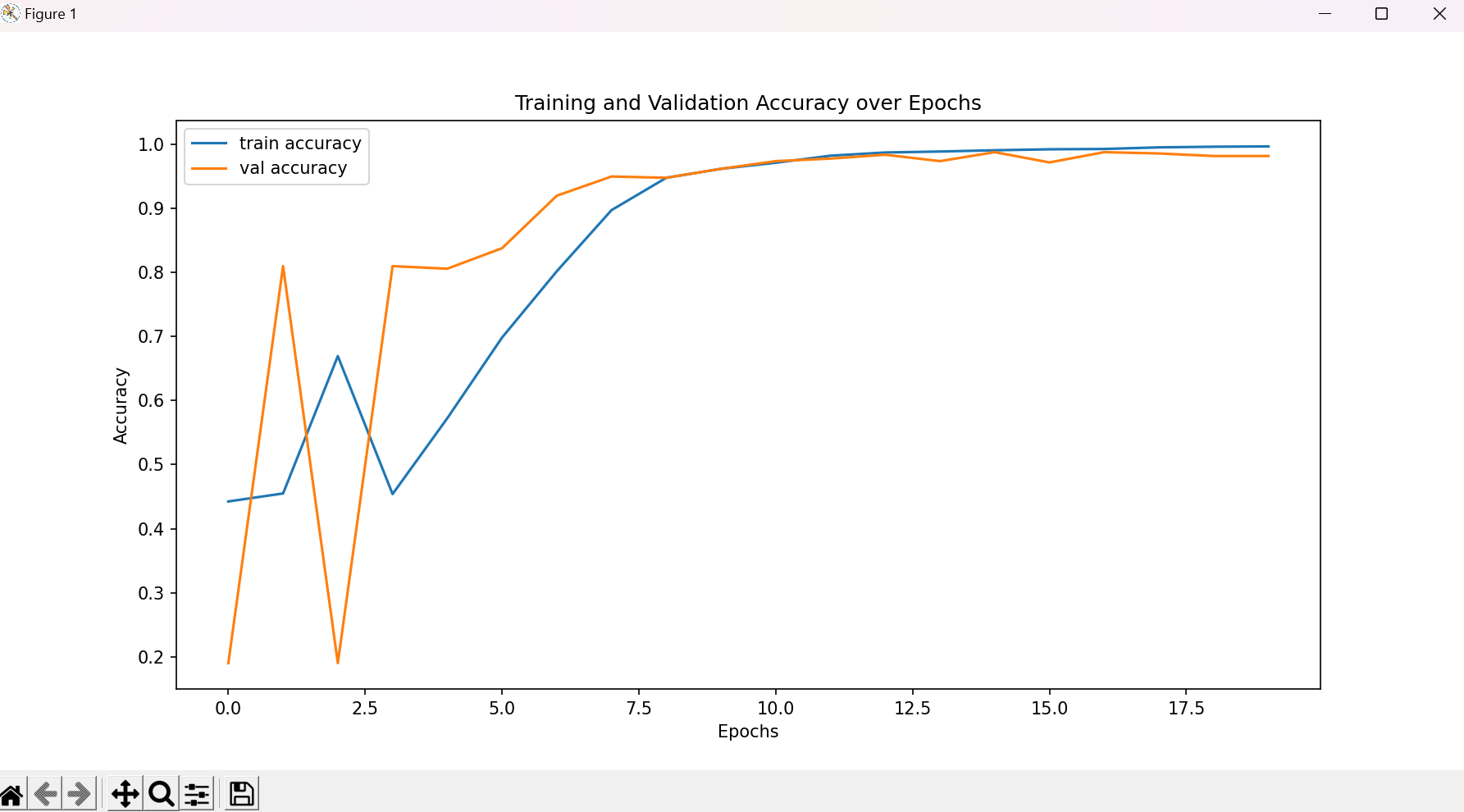Lay Description
For epileptic patients in particular, seizures can be
dangerous and unpredictable. Electrical activity from the brain is
often used for detecting seizures because of the drastic electrical
spikes that occur before a seizure. However, these can be difficult
and time-consuming to use on a regular basis. My project takes a
different approach by employing artificial intelligence (AI) and
heart signals (ECG) to more readily and precisely identify seizures.
I created an LSTM (Long Short-Term Memory) network, a specialized AI
model, that can identify seizure patterns by examining how the
electrical activity of the heart of an epileptic individual changes
minutes before a seizure. By balancing the various data kinds,
standardizing the signals, and producing meaningful sequences for
the AI to learn from and enhance its performance in the future, this
model was able to learn from actual patient data. To make the model
more reliable, I use techniques like dropout, regularization, and
focal loss, which help prevent errors and improve accuracy. I also
plan to fine-tune the AI by testing different settings
(hyperparameter tuning) and enhancing its ability to explain its
decisions using SHAP (SHapley Additive Explanations), a method that
helps doctors understand why the AI made a certain prediction. The
overall goal of my project is to create a fast, accurate, and
explainable AI system that can help doctors and patients detect
seizures using ECG data, potentially leading to wearable seizure
monitoring devices that will improve patient safety and quality of
life.

